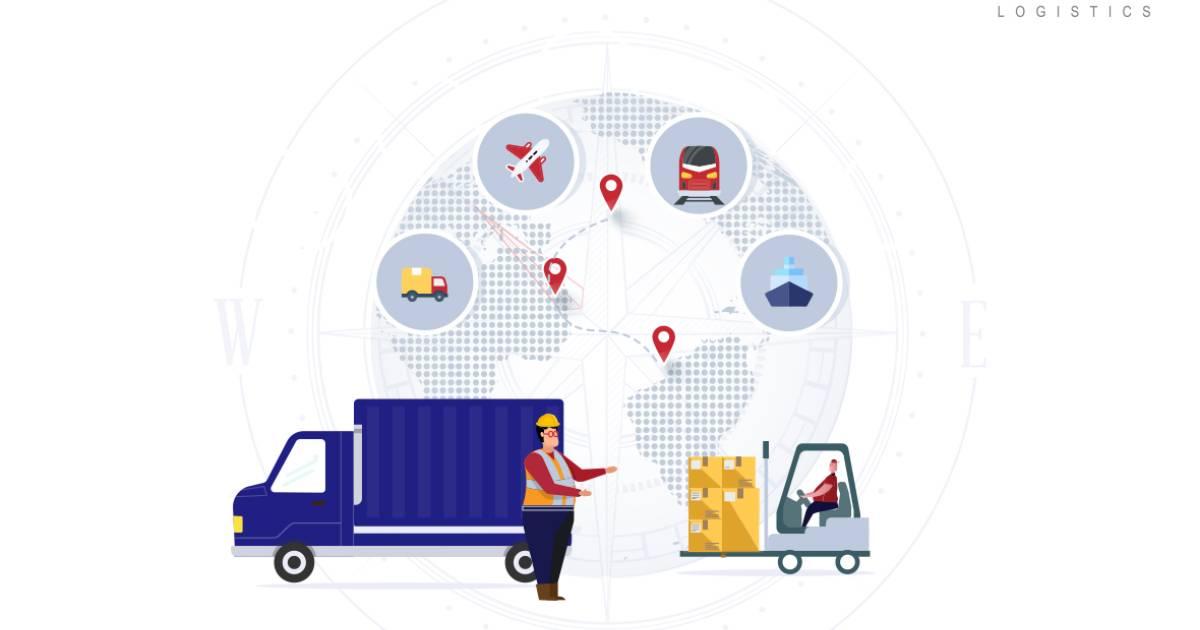
Logistics architecture is a key segment of every business. Is logistics just a process from manufacturing to delivery? We often define it as a journey from production to customer end. But, the cycle doesn't end here. There is a lot more to know.
Exploring the possibilities in reverse logistics is mostly a missed-out factor in logistics. Return management is considered a black spot by most businesses. But, efficient reverse flow helps you optimize logistics to boost customer experience, and revenue and improve the quality of production.
What is Reverse Logistics?
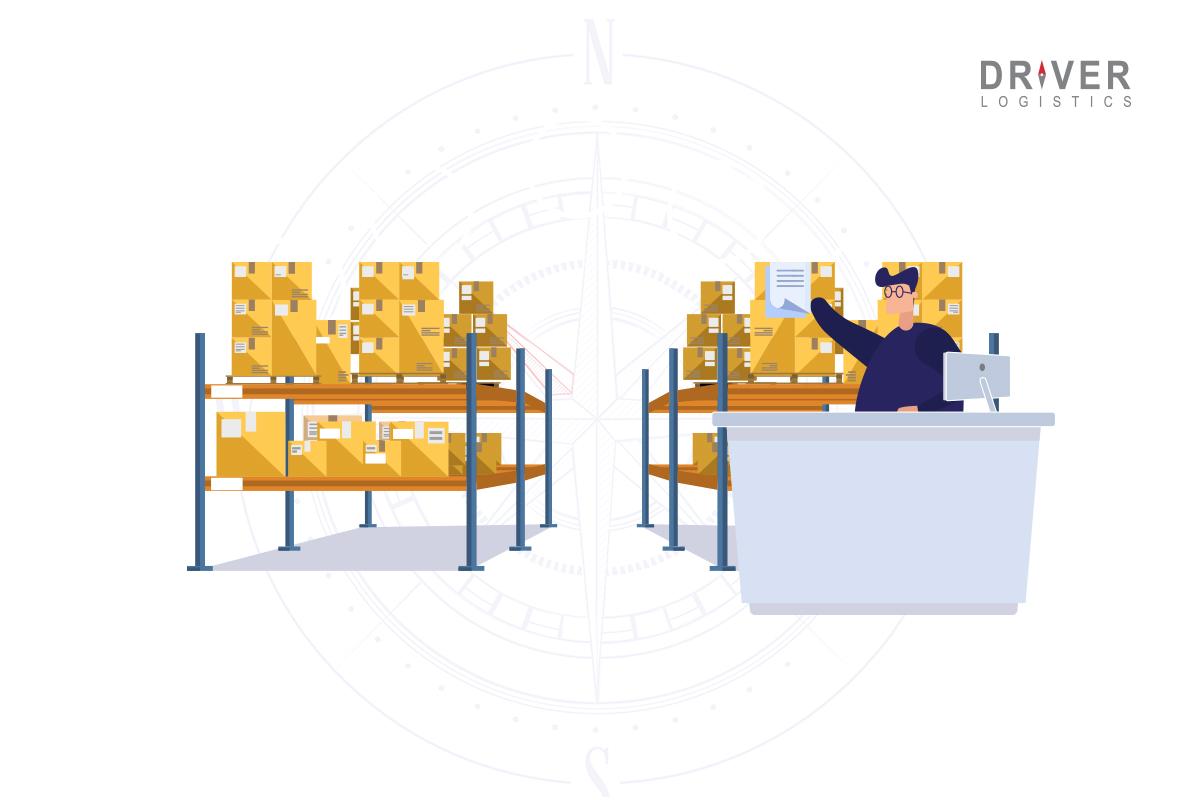
Reverse logistics refers to the process of planning, implementing, and controlling the movement of goods from their final destination back to their origin, for the purpose of recapturing value or proper disposal. This can include product returns, recalls, repairs, refurbishments, and recycling. Reverse logistics is an important aspect of supply chain management, as it involves managing the flow of goods in the opposite direction of traditional logistics. In addition to managing the physical movement of goods, reverse logistics also involves managing information, such as tracking returns and managing inventory levels of returned products. Reverse logistics is becoming increasingly important for businesses, as it can help them reduce costs, recover value from returned products, and improve customer satisfaction. Effective management of reverse logistics can also help companies meet sustainability goals by reducing waste and minimizing their environmental impact.
Understanding the aspects of reverse logistics is crucial to ease the return process.
Types of Reverse Logistics
Here are some of the reverse logistics components you must consider to efficiently manage supply chain units.
Returns Management
Return management includes everything like monitoring returns from the customers and screening the product to identify the issue. Screening helps to inspect the issue and verify the complaint. Also, it helps to avoid returns if the replacement demand doesn’t meet the return policy. Confirming the defect before they are sent to the reverse chain is a crucial part of return management. It helps to reduce the number of goods being included in reverse flow without a proper reason.
Refurbishment & Remanufacturing
Revamping the value of a product and proper utilization is necessary to avoid complete disposal and wastage. Refurbishment and remanufacturing ensure components are reused without causing any environmental or personal hazards. 'Repair', 'Reuse', 'Rebuild' and 'Recondition' are the 4 Rs in remanufacturing.
Packaging
Packaging management focuses on the sustainable packaging of products for shipping. Packaging in reverse logistics ensures that the boxes or containers are environment-friendly and durable.
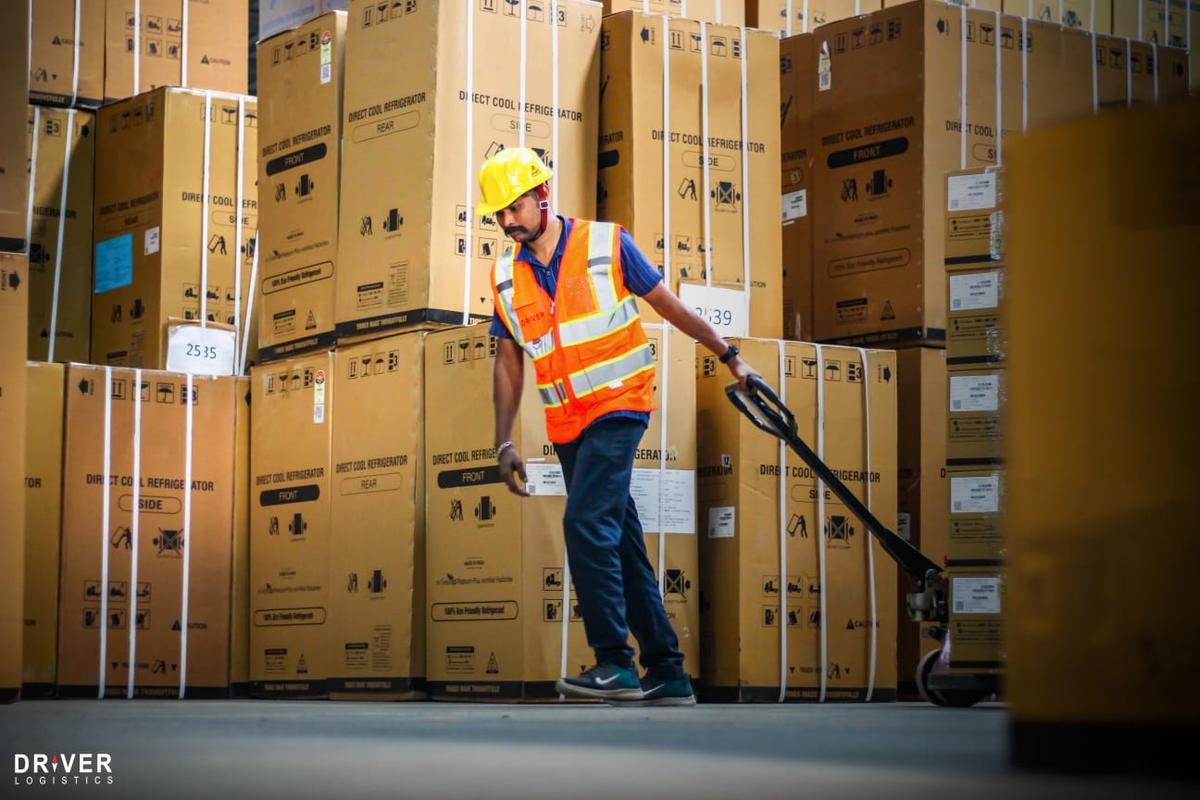
Unsold Goods and Incomplete Delivery
Reverse logistics is not just about goods returned from customers to retailers. It also includes the return of products from retailers to manufacturers. Seasonal products, outdated products, or delivery refusals consume storage space. They need to be sent back to the manufacturer for modification according to the new demands.
Rentals & Leasing
In the case of rental or leasing equipment, the returned items should be inspected to verify their operational efficiency. Then, the products should be recycled, reused, or resold to avoid wastage.
Recommended Reading: On-Demand Warehousing: Top Benefits & Use Cases To Enhance Your Business
Steps to Improve Reverse Logistics
Strategizing reverse logistics is necessary to improve the efficiency of return management. Planning, implementing, and controlling the reverse flow helps in streamlining returns to profit. Some crucial steps in the reverse logistics cycle include:
Frame a Return Policy
Customers want the same ease and pace of order management in reverse flow also. Designing a customer-friendly return policy helps to increase sales. The product return option is a key factor that attracts customers. According to the UPS survey, about 88% of customers look for transparency in return policy before shopping.
Organize a Separate Fulfilment Activity Centre
Expanding fulfilment logistics service is imperative to amplify the competence of reverse flow. Transportation delay is always an issue that hinders effective reverse flow. Balancing inward and outward product flow requires a separate arrangement that eases delivery and collects items to be returned without any delay.
Ensure Proper Gatekeeping
Screening of the products to be returned is necessary to save the reputation of the business. Comparing the quality of the product before and after delivery is necessary to confirm the product meets the standards of return. A gatekeeper can avoid unnecessary returns if the return reason is unjustified.
Determine Return Category
If an item gets returned, it is important to sort them and identify where it should be sent to confirm maximum utilization. To rectify slight damages, the products should be sent to a reparation centre and remodified for sale. Otherwise, parts should be resold or recycled to ensure sustainable utilization.
Incorporate Durable Packaging
If you want your customers to return products in the same package you delivered them, it is necessary to ensure a durable package that can withstand long-term use. Easily openable packages should be used to eliminate the risk of tear and wear & risk of disposal.
Relevant Reading: 7 Key Considerations When Choosing a Warehouse Location for Your 3PL Business
Integrate Supply Chain with the Right Technology to Equip Inward and Outward movement
As per the report from Transport Topics, inbound truckloads take extra time and money than reverse logistics. If delivery happens within 24 hours of order placement, returns management takes more than 48 hours. Using cloud-based software will help to automate half of the process and speed up the return. The possibility of integrating artificial intelligence into modern reverse logistics should not be neglected anymore. It helps you identify the issues with returned products and make the recycling process more advanced and eco-friendly.
Key Advantages: Create Value Through Optimized Reverse Logistics
Proper optimization of the reverse logistics process helps you make reverse flow beneficial in the long run. It also upgrades your business culture and promotes environmental sustainability. Here are some top-notch advantages of optimizing reverse logistics for business sustainability.
Maximize Product Utilization
Wastage of products is always the loss of assets. Optimizing reverse logistics helps to utilize the products by repairing, rebuilding, reusing, and recycling. Extending the product life through the 4Rs helps you cover up the extra expenditure spent on reverse transportation. Moreover, product utilization reduces the overall expenditure in a logistics unit.
Boost Environmental Sustainability
A logistics unit makes use of renewable and nonrenewable energy and resources. But, controlled utilization through recycling, reusing & repairing helps to reduce the uncontrolled usage of resources. Strategy-driven reverse flow makes use of technology-assisted solutions to automate freight and control fuel consumption. Moreover, sustainable and durable packaging helps in proper disposal and remodification.
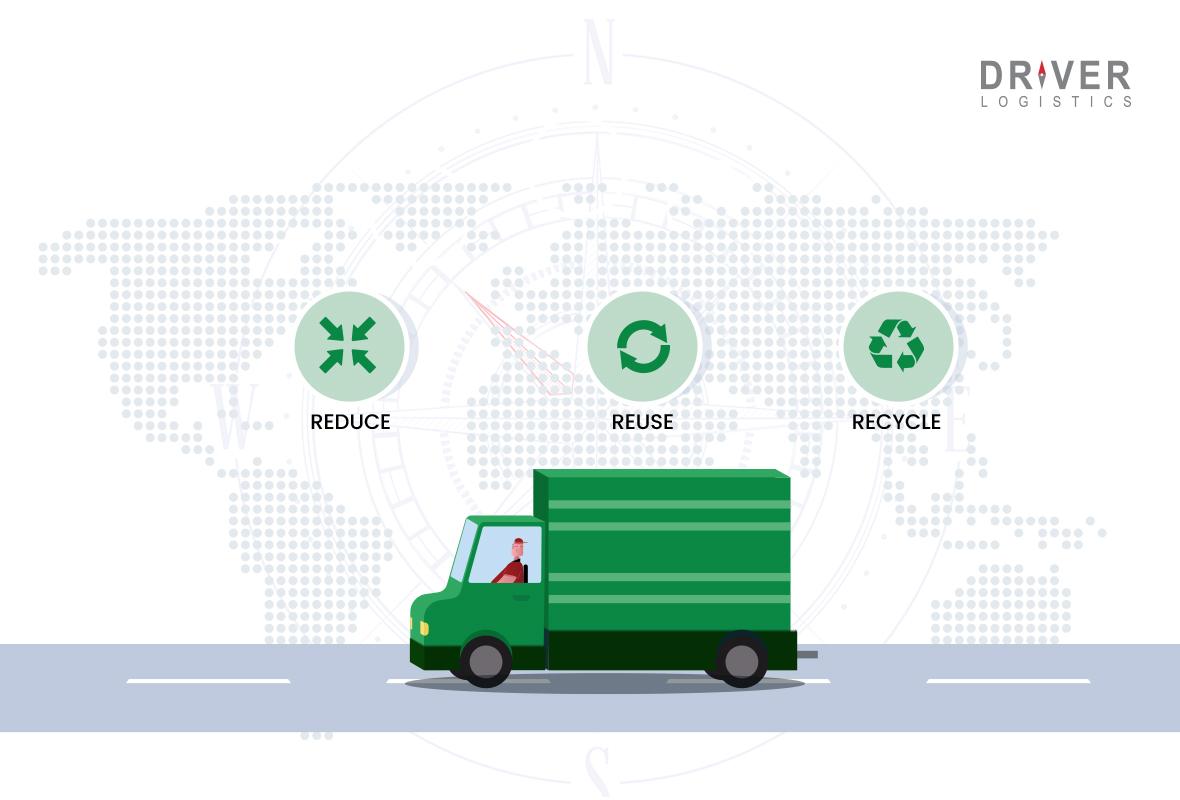
Improves Customer-Centricity through Easing Return Options
Every business wants to improve customer satisfaction. Minor mistakes and delivery issues are common in logistics. But rectifying them and providing advanced services helps to make your customers happy and boost the trust factor. A transparent return policy helps customers to easily return products without hassles. Frictionless return management provides you with loyal customers who consider you when they make their next purchase.
Enhances Return On Investment
Return causes extra effort in inventory management and physical labour. Automation and efficient return management in reverse logistics helps to speed up the return process and enhance replacement without cluttering warehouses. Moreover, the recycling, reusing and repairing facilities ensure proper modification of products by reducing overall costs and increasing profitability.
Refine Production and Increases the quality
Every return is feedback. It should be analysed to increase the quality of production and product to meet consumer demand. Modern reverse logistics inculcates advanced technologies. It helps to improve existing limitations in production by enhancing the quality and quantity of products and meeting customer requirements.
Revamp Reputation and Industry Leadership
Though products return often due to low-quality supply or delivery mishaps, it tarnishes the reputation of businesses. Advancement in return policy and replacement improves transparency and customer satisfaction. Moreover, adapting green reverse logistics through proper planning, implementation and execution helps businesses to evolve as industry leaders in logistics.
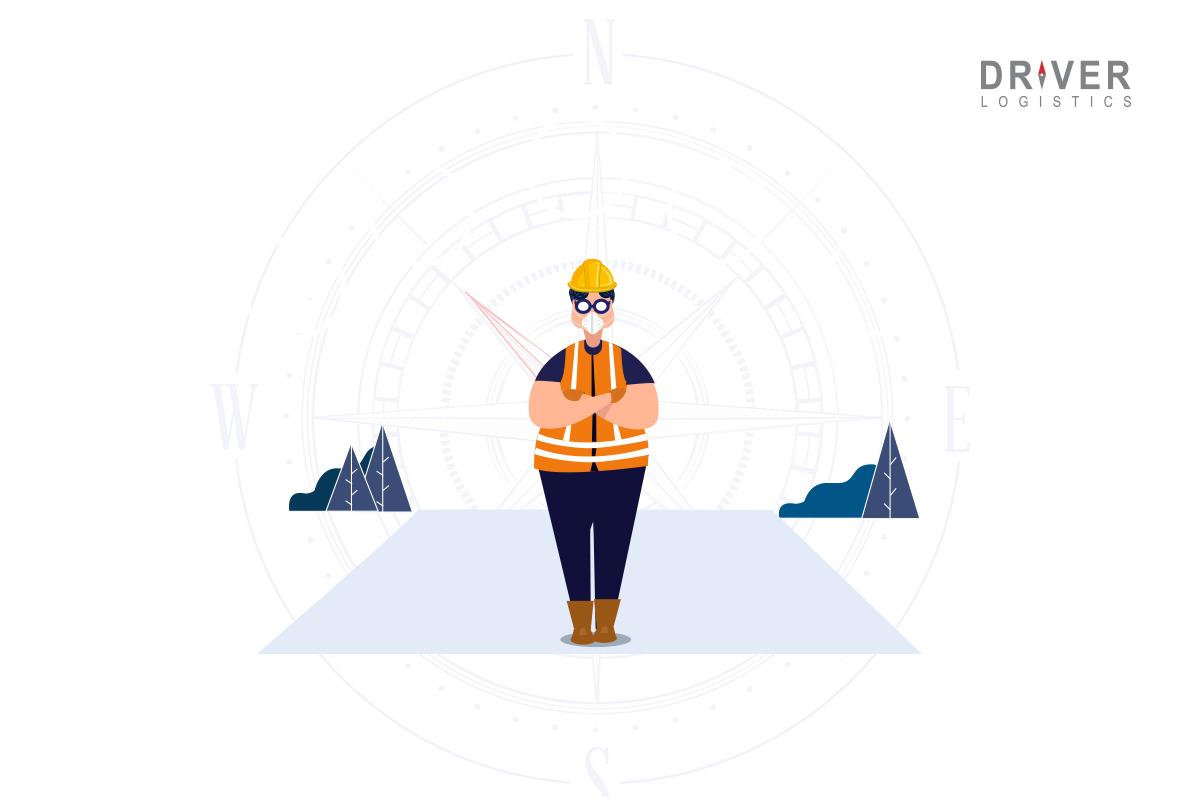
Amplify Reverse Logistics to Enhance Supply Chain Efficiency
Business needs to get involved in strategizing reverse flow for expanding business reputation. It might be difficult to execute a complete logistics cycle without the assistance of an expert logistics service provider. Hire a 3PL service providerto enhance your logistics operation and strategize your reverse logistics flow efficiently.